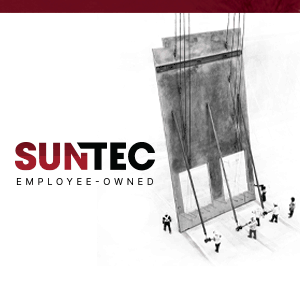As artificial intelligence (AI) grabs headlines, more Utah businesses are scrambling to capitalize on its potential. But both “build” and “buy” models for AI can be capital-intensive. Identifying the right strategy — and the right resources — to guide your organization’s journey are key to success.
Companies of All Sizes, Industries Innovating with AI
Nearly 75 percent of U.S. companies have already integrated AI technology into some part of their business, according to an Accenture study. However, it’s not just heavyweight tech companies and Please log in to see the rest of this story.








